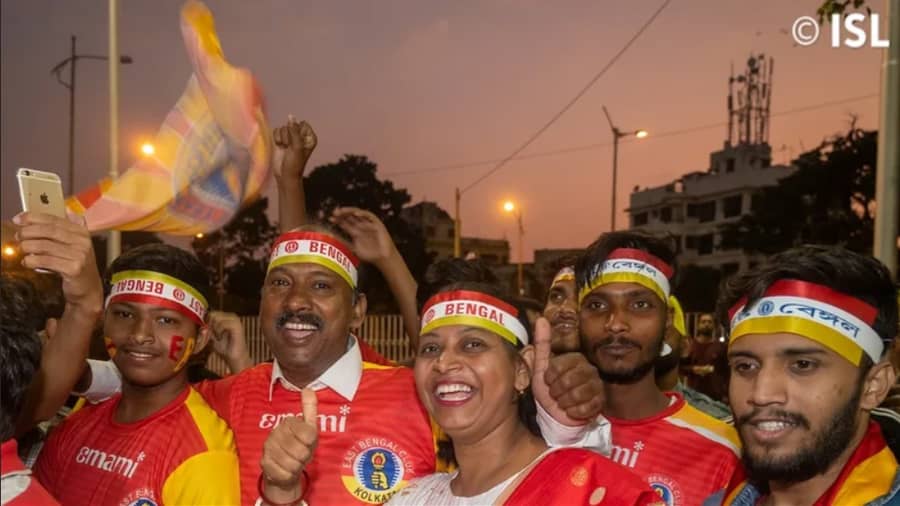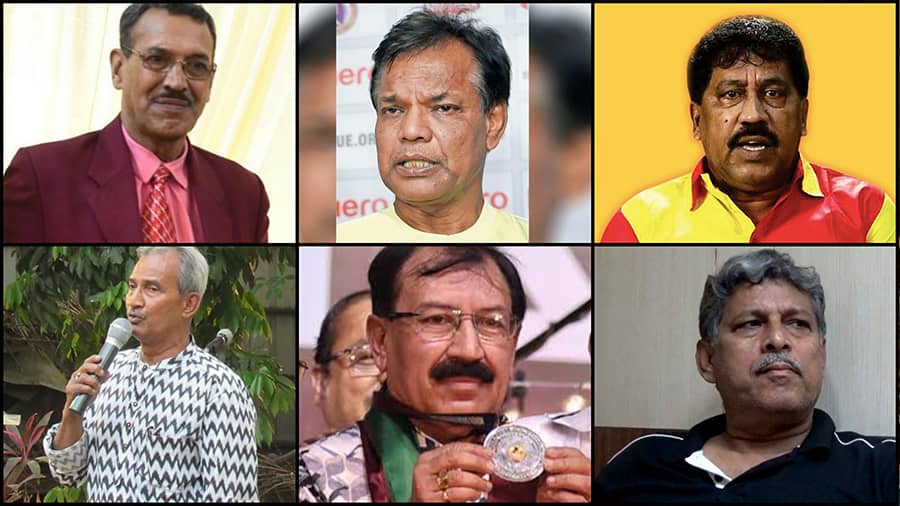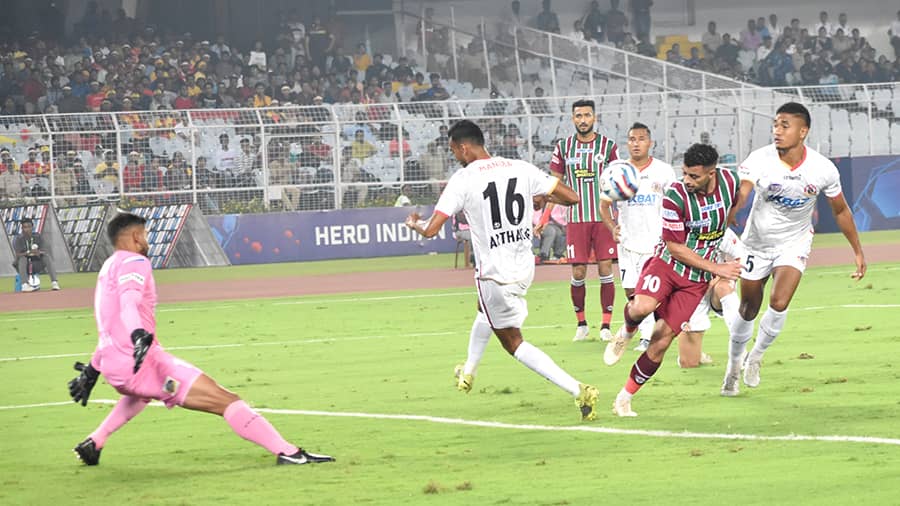Another Kolkata derby has come and gone, stoking passions that fill stadiums, push up TRPs and ignite social media battles. I have lost count of the number of Mohun Bagan-East Bengal matches that I have watched in my five decades of following Indian football, but despite that, I still get caught up in the frenzy that surrounds this storied contest. However, as enjoyable as these matches are, it is the hollow feeling the morning after that has a greater impact on me now. And often, all I am left with is the question: will our passionate fandom ever again rouse Bengal football from the slumber that is putting Rip Van Winkle to shame?
Historically, Bengal had maintained a steady supply line to Indian football just like Mumbai did to Indian cricket. This was reflected in the dominance of Kolkata-based clubs — Mohun Bagan, East Bengal and Mohammedan Sporting Club — in the domestic tournaments like the Federation Cup, Durand Cup, Rovers Cup and the IFA Shield.

Fans queue up for tickets to the Mohammedan SC vs East Bengal FC derby to be played at Kishore Bharati Krirangan on November 1. Mohammedan SC Twitter
Mohammedan Sporting became the first Indian club to win the Durand Cup in 1940. East Bengal’s victory against the strong PAS Club from Iran and Pyongyang City Sports Club from North Korea in the IFA Shield finals of 1970 and 1973, respectively, were high points in the Indian football folklore. Mohun Bagan created history yet again after 1911 by earning a creditable 2-2 draw against FC Ararat Yerevan of Soviet Union in the 1978 IFA Shield final, thus becoming the first Indian team, post Independence, to win the title competing against a non-Asian side. of which I was a lucky witness.
But the scenario has not been inspiring in the past few years. In 2020-21, the amalgamated ATK Mohun Bagan looked ordinary against the Bangladeshi side Basundhara Kings in the AFC Cup before meekly surrendering to FC Nasaf of Uzbekistan 0-6, thus failing to reach the semi-final. Since Uzbekistan’s FIFA ranking is only 84, the performance raised many questions about the quality of foreign players and coaches, and the returns.
The same season, the club failed to win the ISL, and in the next season, lost 1-3 to an ordinary Malaysian side in the AFC Cup inter-zonal semifinal. In the current season opening Durand Cup, both ATK Mohun Bagan and Emami East Bengal failed to cross the group stage. Mohammedan Sporting spared Bengal football the blushes by reaching the semi-final despite being an I-League team.

East Bengal FC fans before Saturday’s derby against ATK Mohun Bagan.. ISL
A culture in decline
Kolkata-based cardiologist Dr Kunal Sarkar, while releasing his book The Sickness of Health, commented that considering its poor socio-economic status, India should probably not be doing the highest level of medical surgeries (e.g. “complex neuro work, cardiac work, transplant work”). In my opinion, accomplishments are often an outcome of culture and tradition in education. Just the way Dr Sarkar was inspired by his teachers, students aspiring to be good cardiologists are inspired by him. Higher education naturally leads to a higher level of skills, but establishing a new culture is extremely difficult. Hence, decay in an extant culture is disheartening. And herein lies the danger in the continuous erosion of Bengal’s football culture.
By bringing in foreign players and coaches, the clubs may have won some more silverware but the rub-off effect on domestic players, especially those from Bengal, is hardly discernible. Not more than two or three players from the state, on an average, feature in the squads of the big three clubs. The average number of Bengali players in the national side has dropped from six-seven to just one or two over the past four decades as has India’s FIFA rank.

(L-R, Clockwise) Subrata Bhattacharya, Manoranjan Bhattacharya, Prasanta Banerjee, Gautam Sarkar, Prasun Banerjee and Bhaskar Ganguly
Football is probably the least demanding sport in terms of infrastructure. The knowhow is still in abundance if we consider the availability of yesteryear stalwarts such as Subrata Bhattacharya, Manoranjan Bhattacharya, Prasanta Banerjee, Gautam Sarkar, Prasun Banerjee and Bhaskar Ganguly. Community involvement with the game is still high, considering that the Kolkata derby still attracts more than 50,000 people to the ground — like it did in the Yuva Bharati ISL match on October 29. Corporate sponsorship seems to have taken care of the funds. But despite everything, the Bengal biggies are regularly losing to Bengaluru FC and Hydearabad FC nationally and to Uzbek and Malaysian teams internationally.
The clubs must try to take the game to the grassroots if they want to ensure a steady supply of Bengal footballers with strong basic skills. Kids from the hilly north with lung power; from the middle plateau with the ability to adjust to extreme weather; and the forested south with agility and intelligence perhaps borne of cohabiting with wildlife can do wonders under proper guidance. The revival of football in India awaits the reinvigoration of the game’s culture in Bengal.
Dr Subhasis Ray is a management consultant who currently teaches at the IISWBM
